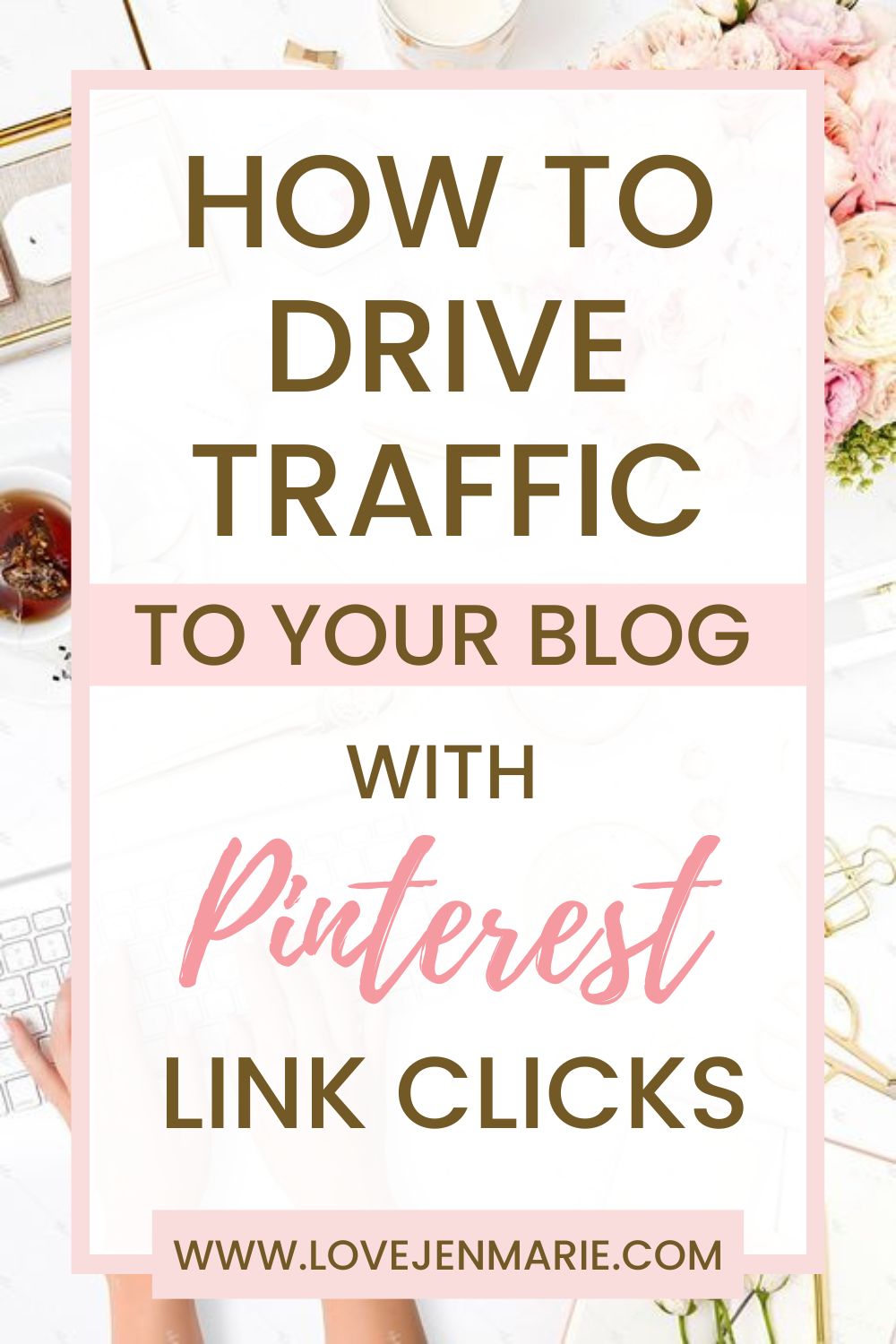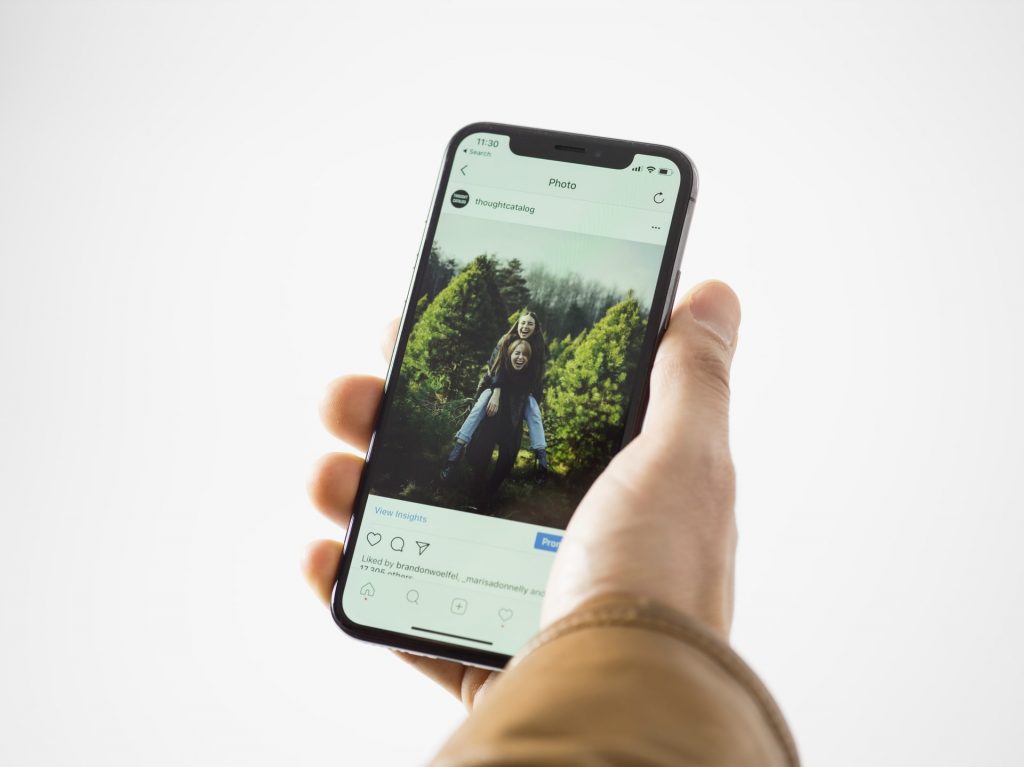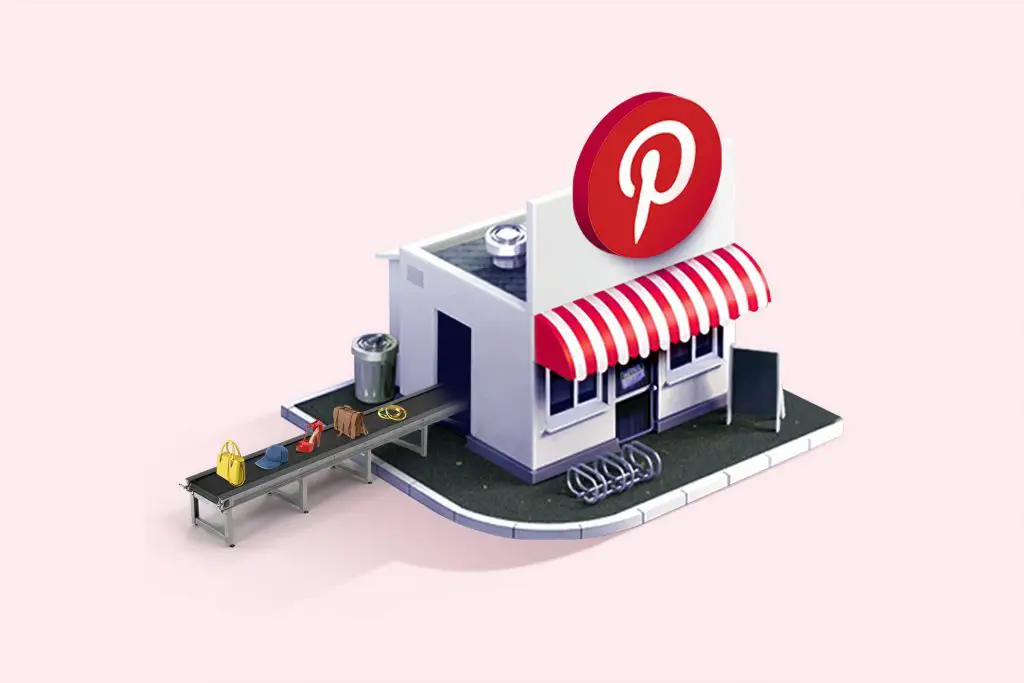To use Pinterest to drive traffic to your website or blog, create visually appealing pins and optimize descriptions with keywords. Engage with your audience by regularly posting and joining relevant group boards.
Pinterest is a powerful platform for increasing website or blog traffic. It serves as a visual search engine where users discover new ideas and content. High-quality, eye-catching pins can attract clicks and shares, leading to more visits to your site.
Including relevant keywords in pin descriptions enhances visibility in search results. Regular engagement, such as pinning consistently and participating in group boards, keeps your content in front of potential visitors. By leveraging Pinterest’s features effectively, you can significantly boost your web traffic and grow your online presence.

Credit: m.youtube.com
Introduction To Pinterest
Pinterest is a visual discovery platform. It helps users find new ideas and inspirations. Users can save these ideas on boards for future reference.
Pinterest is great for sharing content. It can drive significant traffic to your website or blog. Let’s explore why Pinterest is a powerful tool.
Why Pinterest?
Pinterest is unique. It focuses on visual content. Users come to Pinterest to discover new ideas and products. This makes it perfect for bloggers and businesses.
- High user engagement
- Long content lifespan
- Great for traffic generation
High user engagement means your content can reach more people. Long content lifespan ensures your pins stay relevant longer. Pinterest’s visual nature makes it ideal for traffic generation.
Pinterest Vs. Other Platforms
| Feature | Other Platforms | |
|---|---|---|
| Content Lifespan | Months to years | Days to weeks |
| User Intent | Discovery and planning | Social interaction |
| Content Type | Visual and instructional | Mixed |
| Engagement Rate | High | Varies |
Pinterest offers unique advantages. The content lifespan on Pinterest is much longer than on other platforms. User intent on Pinterest is focused on discovery and planning, not just social interaction.
The content type on Pinterest is mainly visual and instructional. This makes it perfect for tutorials and guides. The engagement rate on Pinterest is generally higher, which means more traffic to your site.
Setting Up Your Pinterest Profile
Setting up your Pinterest profile is the first step to drive traffic. A well-crafted profile attracts visitors and boosts your online presence.
Optimizing Your Bio
Your bio on Pinterest is crucial. It tells people who you are. Make sure your bio is clear and concise. Include keywords related to your blog or website.
- Use keywords that match your content.
- Keep sentences short and easy to read.
- Add a call-to-action to encourage clicks.
Here’s an example of a good bio:
"Travel blogger sharing tips and guides. Follow for adventure ideas. Visit my blog for more!"
Choosing A Profile Picture
Your profile picture is the first thing people see. Pick a picture that represents your brand. Use a high-quality image that is clear and professional.
| Type of Profile | Suggested Picture |
|---|---|
| Personal Blog | Close-up of your face |
| Business | Company logo |
Ensure your picture is bright and eye-catching. This helps attract more followers.
By setting up your Pinterest profile with these tips, you’ll be ready to drive more traffic to your website or blog.
Creating Engaging Pins
Creating engaging Pins is crucial for driving traffic to your website or blog. An eye-catching Pin can grab attention, increase clicks, and boost visibility. Let’s explore how to make your Pins stand out with effective design and keyword usage.
Design Tips
Good design can make your Pins more appealing. Follow these tips to create visually striking Pins:
- Use high-quality images: Always use clear, high-resolution images. This ensures your Pins look professional.
- Vertical format: Vertical Pins perform better. Aim for a 2:3 aspect ratio.
- Consistent branding: Use your brand colors, fonts, and logo. This helps in brand recognition.
- Readable text: Use large, easy-to-read fonts. Ensure the text stands out against the background.
- Engaging colors: Bright, contrasting colors catch the eye. Use them wisely.
Here is a quick comparison of image formats:
| Aspect Ratio | Recommended Use |
|---|---|
| 2:3 | Standard Pins |
| 1:1 | Square Pins |
| 9:16 | Story Pins |
Using Keywords
Keywords are essential for your Pins to be discoverable. Here’s how to use them effectively:
- Relevant keywords: Choose keywords relevant to your content. Think about what your audience might search for.
- Include in descriptions: Add keywords to your Pin descriptions. This helps Pinterest understand your content.
- Hashtags: Use relevant hashtags. This can help categorize your Pins.
- Board titles: Use keywords in your board titles and descriptions. This enhances overall visibility.
- Alt text: Add keywords to the alt text of your images. This boosts SEO.
By focusing on design and keywords, you can create engaging Pins that drive traffic to your website or blog.

Credit: www.michellepontvert.com
Leveraging Rich Pins
Pinterest is a powerful tool for driving traffic to your website. One way to maximize your Pinterest strategy is by using Rich Pins. Rich Pins provide extra information directly on the Pin. This extra data makes your Pins more engaging and useful. They can significantly boost traffic to your website or blog.
Types Of Rich Pins
There are several types of Rich Pins. Each serves a different purpose:
- Article Pins: Show the headline, author, and story description.
- Product Pins: Include real-time pricing, availability, and where to buy.
- Recipe Pins: List ingredients, cooking times, and serving sizes.
- App Pins: Feature an install button so users can download your app without leaving Pinterest.
These types make your content more attractive. They also provide immediate value to users.
Setting Up Rich Pins
Setting up Rich Pins involves a few steps. Here is how you can do it:
- Prepare Your Website: Add the necessary metadata to your site. This metadata tells Pinterest what type of Rich Pin to create.
- Validate Your Pins: Use Pinterest’s Rich Pin Validator. Enter a URL from your site to check if your metadata is correct.
- Apply for Rich Pins: Once validated, apply for Rich Pins via the Pinterest Rich Pins page.
Setting up Rich Pins can seem complex. But, it is worth the effort. It can drive more traffic to your site.
Building Pinterest Boards
Creating well-structured Pinterest boards can significantly boost your website traffic. Focus on organization, collaboration, and appealing visuals. This will attract more viewers to your boards and drive traffic to your blog.
Board Organization
Effective board organization makes it easy for users to find content. Start by creating boards around specific topics relevant to your blog.
- Use clear and descriptive board names
- Add detailed descriptions with relevant keywords
- Categorize your boards accurately
Pin high-quality images and ensure your pins link back to your website. This helps in driving traffic and improving engagement.
Collaborative Boards
Collaborative boards involve multiple contributors. They help in reaching a wider audience. Invite influencers and relevant contributors to your boards.
- Create a collaborative board related to your niche
- Invite contributors who have a strong following
- Set clear guidelines for pinning content
Collaborative boards can increase your content’s reach and drive more traffic to your website.
Scheduling Pins For Maximum Impact
Scheduling Pins for maximum impact can significantly increase your website traffic. By strategically planning your Pins, you ensure they are seen by a larger audience. This section will guide you on the best practices for scheduling your Pins effectively.
Best Times To Pin
Knowing the best times to Pin is crucial. Here are some tips:
- Early morning and late evenings.
- Weekends, especially Saturdays.
- Afternoon between 2 PM and 4 PM.
Research shows these times have the highest engagement. Use these peak times to your advantage.
Using Scheduling Tools
Various scheduling tools can help you plan your Pins:
| Tool | Features |
|---|---|
| Tailwind | Smart scheduling, analytics, and Pin creation. |
| Buffer | Simple scheduling and performance tracking. |
| Hootsuite | Comprehensive social media management. |
These tools allow you to plan and automate your Pins. They help you post consistently without manual effort.
To schedule your Pins effectively, follow these steps:
- Choose a scheduling tool that suits your needs.
- Create engaging and high-quality Pins.
- Set your Pins to post at the best times.
- Monitor performance and adjust your strategy.
Consistency and timing are key to driving traffic from Pinterest. Use these tips to maximize your impact.
Pinterest SEO Strategies
Leveraging Pinterest to drive traffic to your website or blog requires effective SEO strategies. Pinterest SEO helps your pins appear in search results, increasing visibility and engagement.
Keyword Research
Start with thorough keyword research to understand what your audience searches for. Use tools like Google Keyword Planner or Pinterest’s search bar to discover trending keywords. Focus on keywords that align with your content and niche.
Include keywords in various areas, such as:
- Pin titles
- Pin descriptions
- Board names
- Board descriptions
Make a list of these keywords and use them consistently. This helps Pinterest’s algorithm understand your content better.
Pin Descriptions
Craft detailed and engaging pin descriptions to attract clicks. Use your primary keywords naturally within the first few sentences. Aim for descriptions between 100-200 characters.
Include a call-to-action (CTA) in your description. This encourages users to click through to your website or blog. For example:
- “Click to read more!”
- “Discover the full article here.”
Using hashtags can also boost your pin’s visibility. Incorporate 2-3 relevant hashtags related to your content.
Here’s a sample pin description:
Discover 10 amazing pasta recipes perfect for family dinners. Click to read more! #PastaRecipes #FamilyDinner #FoodIdeasThis description includes keywords, a CTA, and hashtags, making it more likely to attract clicks.
Using these Pinterest SEO strategies can significantly increase your website or blog traffic. Implement them consistently for the best results.
Analyzing Pinterest Analytics
Tracking your Pinterest performance is crucial. It helps you know what’s working. Pinterest Analytics provides valuable insights. Use these insights to drive more traffic to your website or blog.
Key Metrics
Pinterest offers several key metrics. These metrics help you measure your success. Here are some important ones:
- Impressions: The number of times your pins are seen.
- Engagements: How many times users interact with your pins.
- Close-ups: When users click to see your pin larger.
- Saves: The number of times users save your pins.
- Clicks: The number of times users click your pins to visit your website.
Adjusting Your Strategy
Regularly check your analytics data. This helps you spot trends and patterns. Use this information to adjust your strategy.
| Metric | Action |
|---|---|
| Low Impressions | Improve your pin descriptions and use popular keywords. |
| Low Engagement | Post more engaging content, like infographics or videos. |
| Low Clicks | Ensure your pins have a clear call-to-action. |
Experiment with different strategies. Test various pin designs and content types. Always keep an eye on your analytics.
Using Pinterest Ads
Using Pinterest Ads can significantly boost your website or blog traffic. Pinterest is a visual platform, so ads work well. They can attract users to your content.
Ad Types
Pinterest offers several types of ads. Each type serves a different purpose.
- Promoted Pins: These appear in users’ feeds like regular pins.
- Promoted Video Pins: These use video to grab attention.
- Carousel Ads: These let you show multiple images in one ad.
- Shopping Ads: These are great for showcasing products.
- App Install Ads: These help drive app downloads.
Setting Up A Campaign
Setting up a Pinterest ad campaign is straightforward. Follow these steps:
- Create a Business Account: First, set up a Pinterest business account.
- Go to Ads Manager: Navigate to the Ads Manager tool.
- Choose Your Goal: Select a campaign objective like traffic or awareness.
- Set Your Budget: Decide on a daily or lifetime budget.
- Pick Your Audience: Target specific demographics and interests.
- Create Your Ad: Upload your pin or video and add a URL.
- Launch: Review all settings and launch your campaign.
Pinterest ads can elevate your marketing strategy. They drive traffic and boost engagement. Start today to see the benefits.

Credit: lovejenmarie.com
Driving Traffic With Pinterest Contests
Utilizing Pinterest contests can significantly boost traffic to your website or blog. These contests engage users, increase visibility, and drive more visitors.
Contest Ideas
Here are some creative contest ideas to attract participants:
- Pin-to-Win: Ask users to pin your content and enter to win.
- Best Board: Encourage participants to create themed boards.
- Photo Contest: Have users submit photos related to your niche.
- Caption Contest: Users write captions for your images.
Promoting Your Contest
Effective promotion is key to a successful Pinterest contest. Follow these steps:
- Create Eye-Catching Pins: Use high-quality images and compelling text.
- Utilize Hashtags: Incorporate popular and relevant hashtags.
- Engage Influencers: Partner with influencers to spread the word.
- Leverage Other Platforms: Promote the contest on your social media channels.
- Email Marketing: Inform your email subscribers about the contest.
Engage your audience consistently to maximize participation and drive traffic.
Collaborating With Influencers
Collaborating with influencers can significantly boost your Pinterest traffic. Influencers have a loyal following, and their endorsements can drive substantial visits to your website or blog. This section will guide you on finding the right influencers and creating effective partnerships.
Finding Influencers
Finding the right influencers is crucial. Start by identifying influencers in your niche. Use Pinterest’s search bar and type relevant keywords. Look for accounts with high engagement rates.
Check their follower count, but focus on the interaction they receive. Engagement is a better indicator of an influencer’s impact. Use tools like BuzzSumo and Followerwonk to find potential influencers. These tools can help you analyze their reach and engagement levels.
| Tool | Purpose |
|---|---|
| BuzzSumo | Identify top influencers and analyze their content |
| Followerwonk | Analyze Twitter followers and their engagement |
Creating Partnerships
Once you’ve identified potential influencers, reach out to them. Personalize your message to show you’ve done your homework. Explain how a partnership could benefit both parties.
Offer incentives like exclusive discounts, free products, or financial compensation. Make it easy for them to promote your content. Provide them with high-quality images, compelling descriptions, and relevant hashtags.
Track the performance of these collaborations. Use Pinterest Analytics to see how much traffic the influencer’s pins are generating. Adjust your strategy based on these insights.
- Personalize your outreach
- Offer attractive incentives
- Provide promotional materials
- Track performance with Pinterest Analytics
Integrating Pinterest With Your Website
Pinterest can be a powerful tool for driving traffic to your website. By integrating Pinterest with your website, you can make it easier for visitors to share your content. This also helps in attracting more people to your site. Below are some effective ways to integrate Pinterest with your website.
Adding Pin Buttons
Adding Pin buttons to your website is essential. These buttons allow users to pin your content directly to their Pinterest boards. This can help in increasing the visibility of your content on Pinterest.
- Use Pinterest’s Widget Builder to create custom Pin buttons.
- Place these buttons on blog posts, images, and product pages.
- Ensure the buttons are easy to find and use.
Embedding Pins
Embedding Pins directly into your blog posts can make your content more engaging. This also encourages visitors to pin your content.
- Go to the Pinterest Pin you want to embed.
- Click on the three dots and select “Embed.”
- Copy the HTML code provided.
- Paste the code into your blog post or website page.
With these strategies, you can seamlessly integrate Pinterest with your website. This can significantly boost your site’s traffic and engagement.
Frequently Asked Questions
What Are The Steps To Use Pinterest For Traffic On Blog?
Create a Pinterest business account. Optimize your profile with keywords. Design eye-catching pins. Link pins to your blog. Engage with followers and join group boards.
How To Use Pinterest To Market A Blog?
Create eye-catching pins linking to your blog. Use keywords in pin descriptions. Join relevant Pinterest groups. Pin consistently. Engage with followers.
Is Pinterest Good For Bloggers?
Yes, Pinterest is great for bloggers. It drives traffic, boosts visibility, and enhances engagement with visually appealing content.
How Do You Connect Your Website To Pinterest?
To connect your website to Pinterest, claim your website in Pinterest settings. Add the HTML tag to your website’s head section. Verify the connection on Pinterest.
How Do I Create A Pinterest Business Account?
Sign up on Pinterest, select ‘Business’, and follow the prompts to create your account. It’s straightforward and free.
Conclusion
Pinterest can be a powerful tool to boost your website traffic. Use it effectively to engage your target audience. Create visually appealing pins and optimize your boards. Consistent pinning and strategic use of keywords will enhance your reach. Start leveraging Pinterest today to drive more visitors to your blog or website.


